Author: Matt Del Fiacco
Released by the Association for the Development of Hop Agronomy (ADHA), Pekko is a new hop lauded for the floral and herbal characteristics it imparts to beer. Despite the use of this variety in commercial beers such as Commie Pekko from Against the Grain and a dry-hopped version of Stone Brewing’s Old Guardian, it hasn’t seemed to break into the home brewing scene in any notable way.
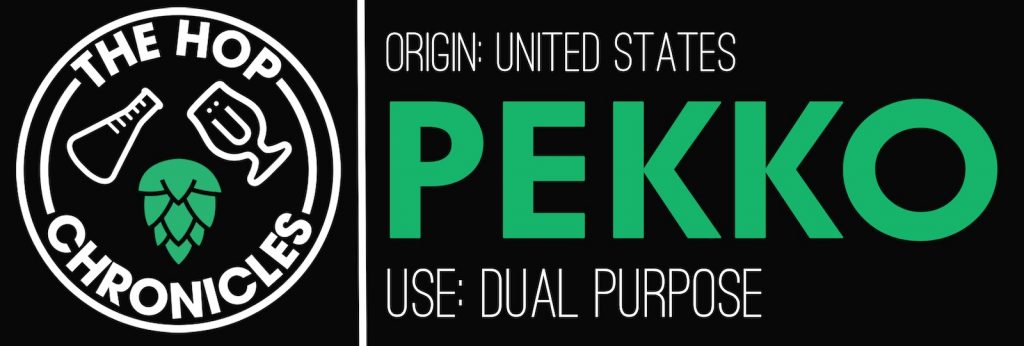
Alpha: 14.5 – 16.5%
Beta: 4.5 – 6%
Cohumulone: 37 – 43%
Total Oil: 0.8 – 3.2 mL/100g
Myrcene: 20 – 35%
Humulene: 12 – 19%
Caryophyllene: 6 – 8%
Farnesene: 7 – 12%
Linalool: 0.5 – 0.9%
Geraniol: unknown
ß-Pinene: unknown
Parentage: Descendant of Swiss Tettnang hop and North American hop
I’m not generally one to adore hoppy beers, and when the mood does strike, I find myself leaning towards styles like Czech Pilsner rather than IPA, as I tend to seek the herbal and spicy sanctuary of Saaz hops. While researching new hops awhile back, I stumbled on Pekko and was immediately taken in by its comparative likeness to noble hops, but with more expressed herbal and citrus characters. With that in mind, I set out to see what tasters thought of this hop in The Hop Chronicles!
| MAKING THE BEER |
To make sure the hop character took center stage, I went with a very simple Pale Ale fermented with a notably clean yeast.
Pekko Pale Ale
Recipe Details
| Batch Size | Boil Time | IBU | SRM | Est. OG | Est. FG | ABV |
|---|---|---|---|---|---|---|
| 5.5 gal | 60 min | 32.5 IBUs | 5.5 SRM | 1.057 | 1.013 | 5.8 % |
| Actuals | 1.057 | 1.009 | 6.4 % | |||
Fermentables
| Name | Amount | % |
|---|---|---|
| Pale Malt (Weyermann) | 11.5 lbs | 100 |
Hops
| Name | Amount | Time | Use | Form | Alpha % |
|---|---|---|---|---|---|
| Pekko | 6 g | 60 min | Boil | Pellet | 15 |
| Pekko | 10 g | 20 min | Boil | Pellet | 15 |
| Pekko | 31 g | 5 min | Boil | Pellet | 15 |
| Pekko | 50 g | 3 days | Dry Hop | Pellet | 15 |
Yeast
| Name | Lab | Attenuation | Temperature |
|---|---|---|---|
| Flagship (A07) | Imperial Yeast | 75% | 60°F - 72°F |
Notes
| Water Profile: Ca 80 | Mg 2 | Na 10 | SO4 125 | Cl 62 |
Download
| Download this recipe's BeerXML file |
A few days before brewing, I spun up a starter of Imperial Yeast A07 Flagship.
I kicked my brew day off by collecting RO water, adjusting it to my desired profile, and turning the element on to heat the water.
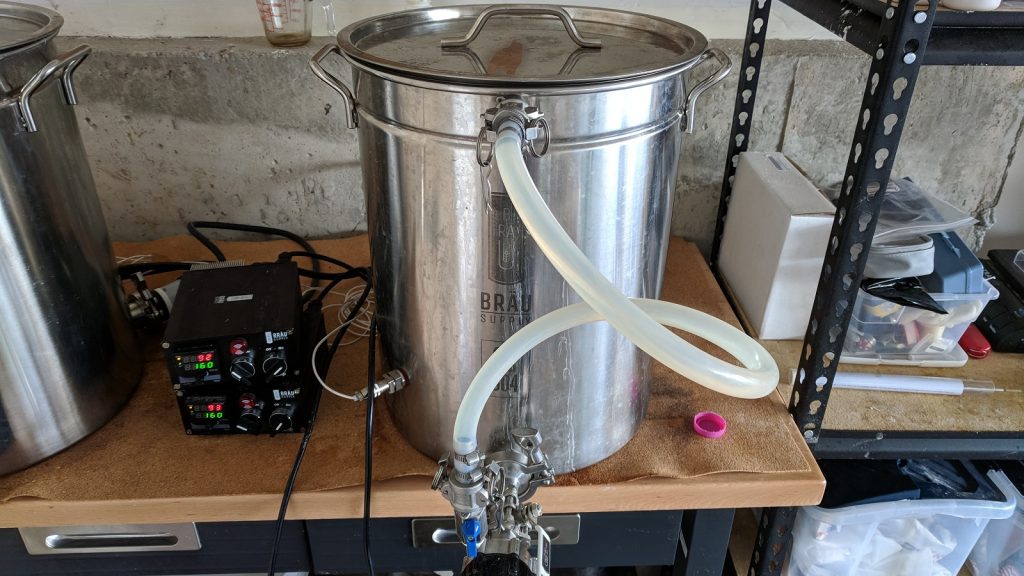
While the water was heating, I weighed out and milled the grain.
Once strike temperature was reached, I stirred the grains in then check to make sure I’d hit my target mash temperature.
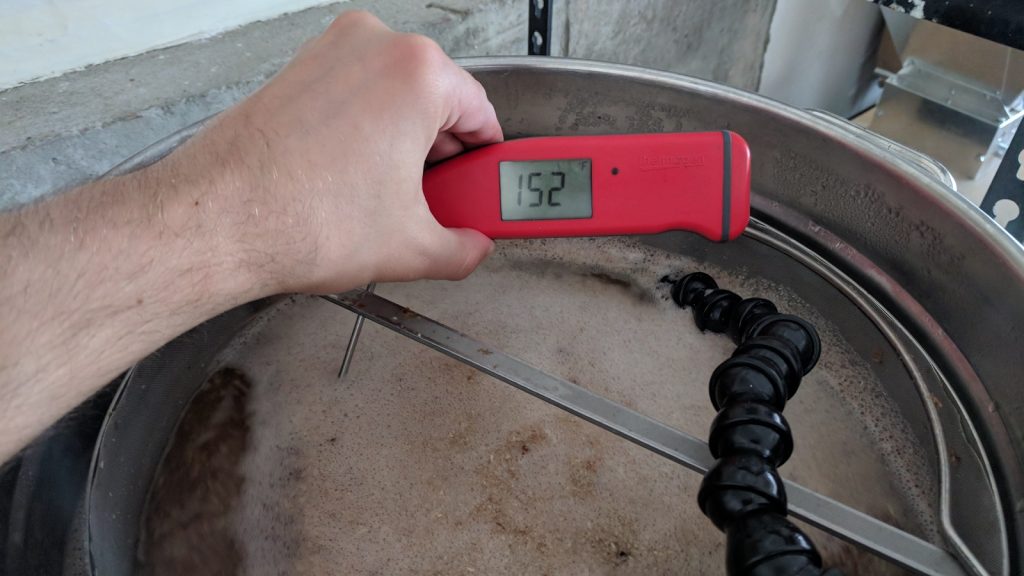
I grabbed a sample of wort 15 minutes later for pH measurement and found it was right where I intended it to be.
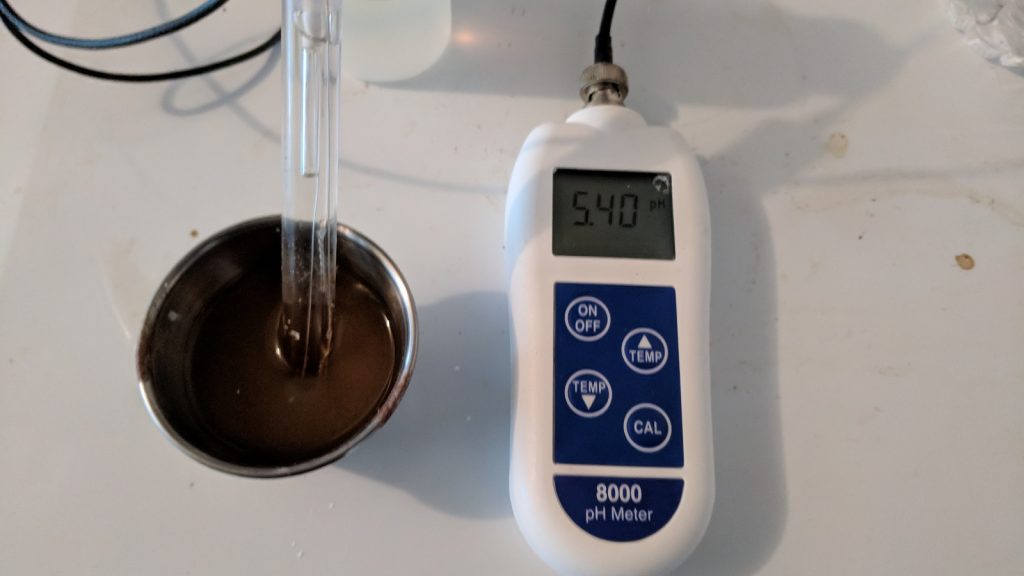
At the end of the 60 minute mash, I removed grains and set the controller to boil mode. While the wort was heating, I began weighing out the kettle hop additions and noticed a distinct floral aroma.
The wort was boiled for 60 minutes with hops added as stated in the recipe.
Following a 60 minute boil, I ran it through my counterflow chiller directly into a sanitized fermentation vessel.
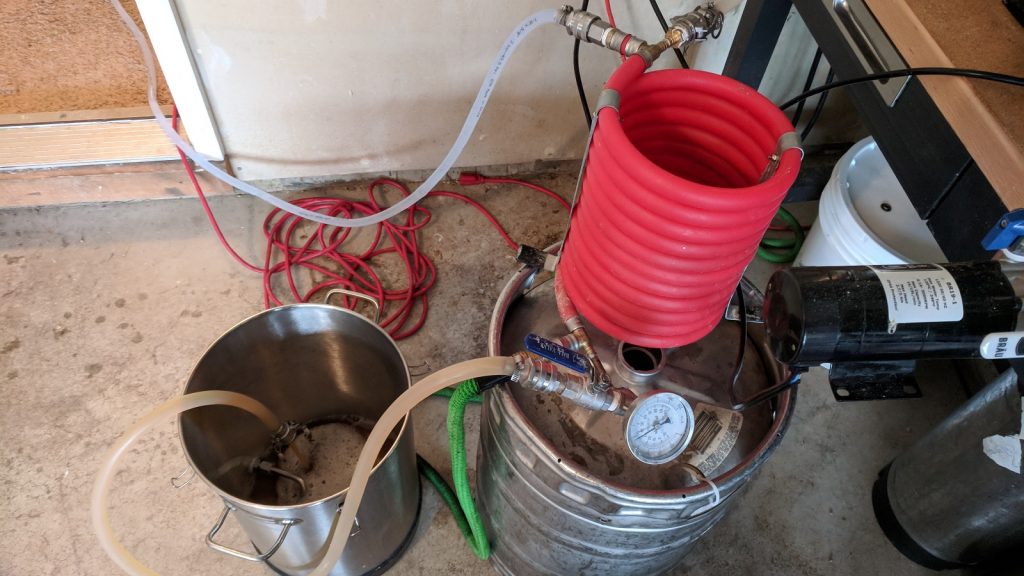
A refractometer reading revealed the wort had hit my planned OG.
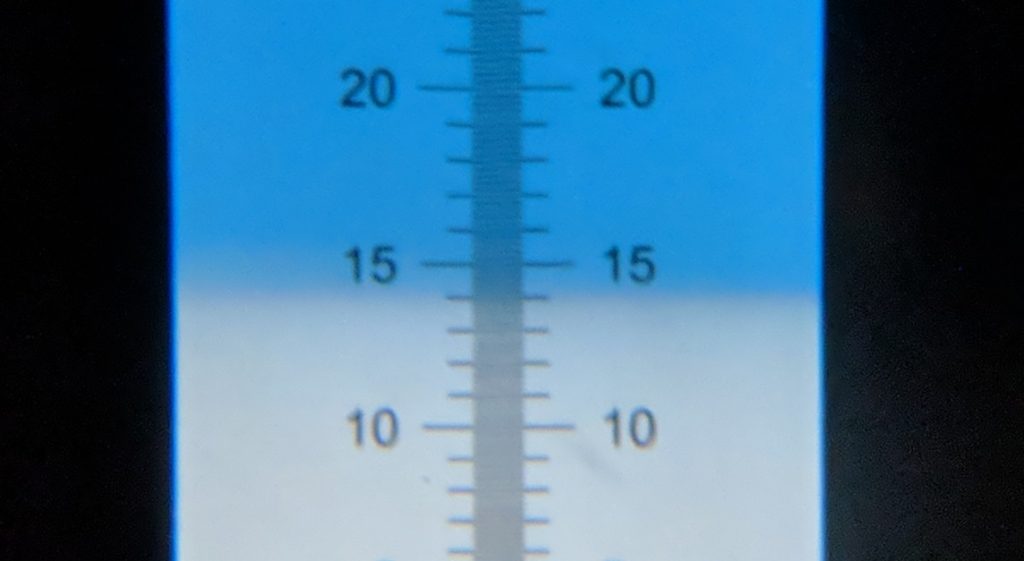
The filled fermentor was placed in my chamber and allowed to chill to 64°/18°C, at which point I pitched the yeast starter and left the beer to ferment.
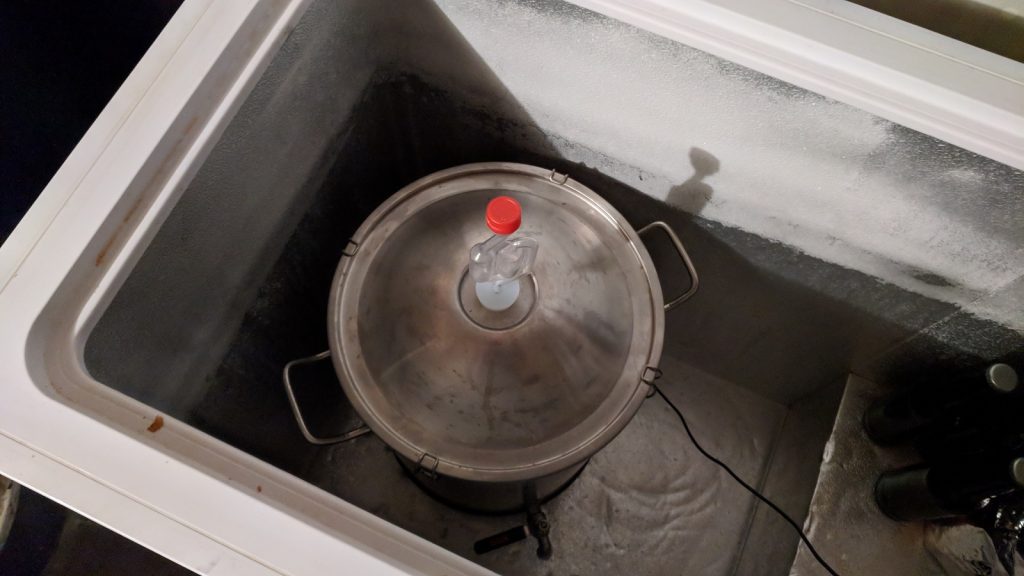
After a week of fermentation, I added the dry hop charge and let the beer sit another 4 days before taking a hydrometer measurement that confirmed FG had been reached.
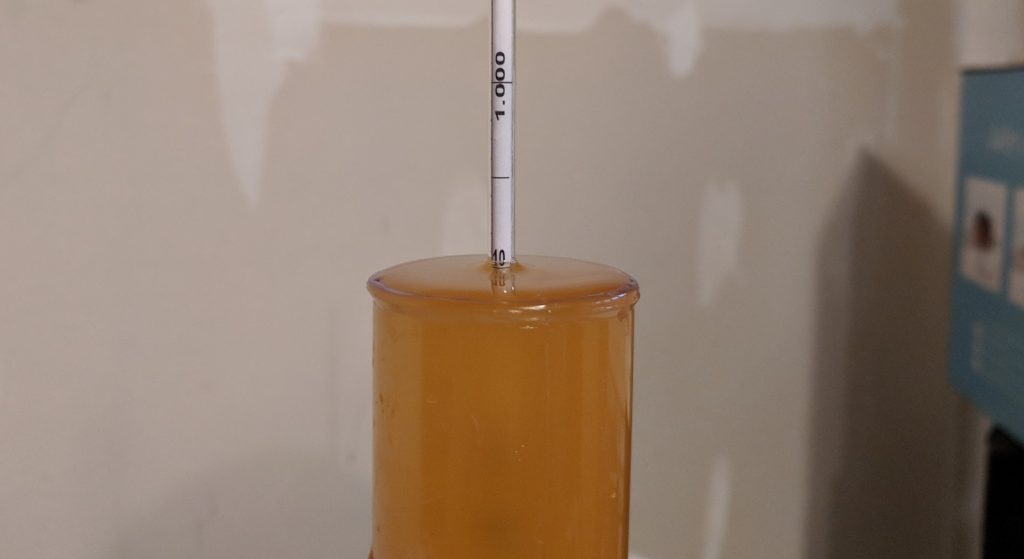
The beer was then transferred to a CO2 purged keg.
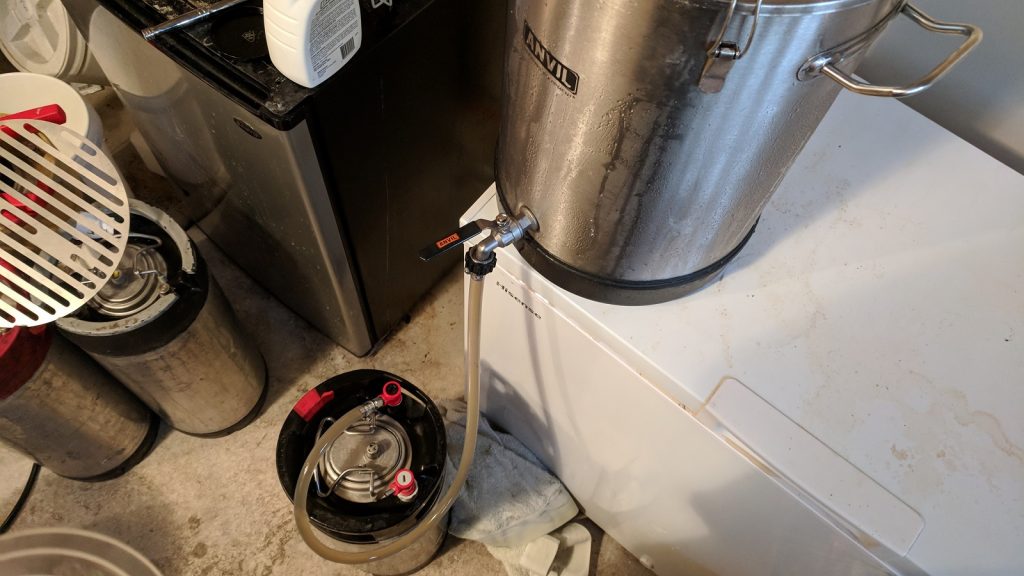
After a day in my cool keezer, I fined the beer with gelatin then proceeded to burst carbonate overnight. The beer was then given a week to cold condition before I began serving it to participants.
| METHOD |
Participants were instructed to focus only on the aromatic qualities of the beer before evaluating the flavor. For each aroma and flavor descriptor, tasters were asked to write-in the perceived strength of that particular characteristic on a 0-9 scale where a rating of 0 meant they did not perceive the character at all and a rating of 9 meant the character was extremely strong. Once the data was collected, the average rating of each aroma and flavor descriptor was compiled and analyzed.
| RESULTS |
A total of 20 people participated in the evaluation of this beer, all blind to the hop variety used until after they completed the survey. The average aroma and flavor ratings for each descriptor were plotted on a radar graph.
Average Ratings of Aroma and Flavor Perceptions
The 3 characteristics endorsed as being most prominent by participants:
| Aroma | Flavor |
| Floral | Floral |
| Spicy/Herbal | Spicy/Herbal |
| Tropical Fruit | Berry |
The 3 characteristics endorsed as being least prominent by participants:
| Aroma | Flavor |
| Onion/Garlic | Onion/Garlic |
| Grassy | Dank/Catty |
| Dank/Catty | Grassy |
Participants were then asked to rate the pungency of the overall hop character.
Next, they were instructed to identify beer styles they thought the hop would work well in.
Finally, tasters were asked to rate how much they enjoyed the hop character on a 1 to 10 scale.
My Impressions: I had fairly set expectations going into this, based on the observations I had read from others who have used Pekko. While I experienced a distinct herbal characteristic in this single hop Pale Ale, I did not perceive the citrus notes noted by some of the blind tasters. To me, the hop was mild and enjoyable, definitely one I’d use again alongside other varieties to try and bring out different layers.
| CONCLUSION |
The data from this blind evaluation seems to align fairy well with pre-existing descriptors of Pekko. Floral and herbal notes dominated with citrus and tropical fruit characteristics present as well, a combination participants by and large felt would work well in pale lager styles. Despite the relatively large amount of hops used in this beer, which included a sizable dry hop addition, the overall hop character wasn’t too pungent, though tasters seemed to have pretty positive opinions about it.
While Pekko has been described as imparting a candy-like flavor to beer, only 2 of the 20 tasters noted such a character in post-survey conversations, and I don’t recall hearing a single mention of mint, which is another flavor associated with this variety. Moreover, I was surprised by the number of people who reported perceiving a “woodsy” note in the beer, as that’s a flavor that didn’t stand out to me.
I really enjoyed this hop and I can see it having a place in quite a few different styles. I agree with the results when it comes to beer styles Pekko would work well in, pale lager is definitely the first thing that comes to my mind given the noble-like qualities I perceived in my single hop Pale Ale. However, I also think it would pair well with a variety like Cascade in less hop-forward styles such as British Golden Ale. I’ll definitely be using Pekko again and look forward to experimenting with it more in future batches.
Pekko is available now at Yakima Valley Hops, get some while you can! If you have any thoughts on this variety, please feel free to share them in the comments section below.
Support for The Hop Chronicles comes from Yakima Valley Hops who supply hops ranging from classics like Saaz and Cascade to unnamed experimental options fresh from the source. Offering great prices with reasonable shipping, consider Yakima Valley Hops for your next hop purchase.
Support Brülosophy In Style!
All designs are available in various colors and sizes on Amazon!
Follow Brülosophy on:
FACEBOOK | TWITTER | INSTAGRAM
If you enjoy this stuff and feel compelled to support Brulosophy.com, please check out the Support page for details on how you can very easily do so. Thanks!

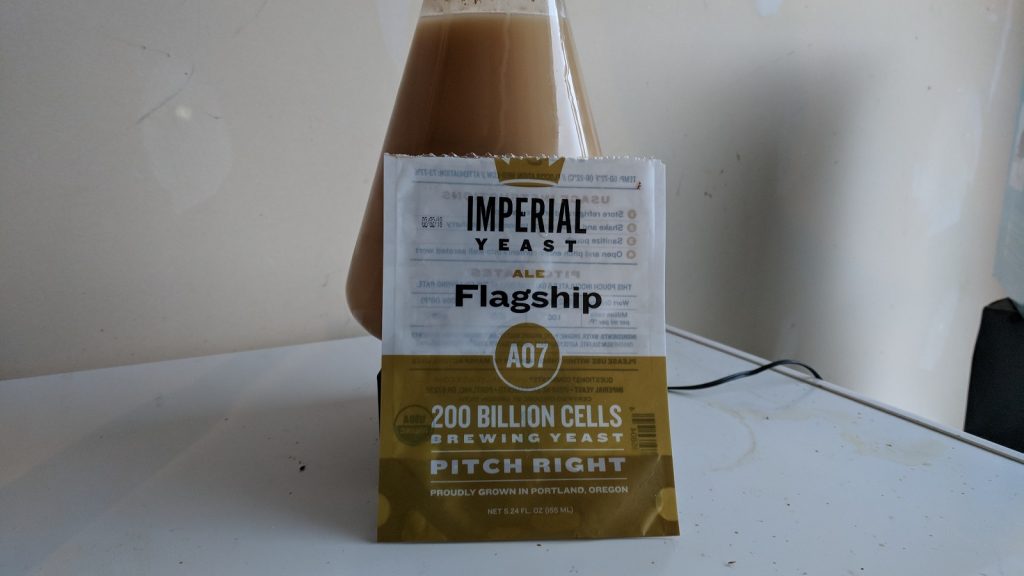
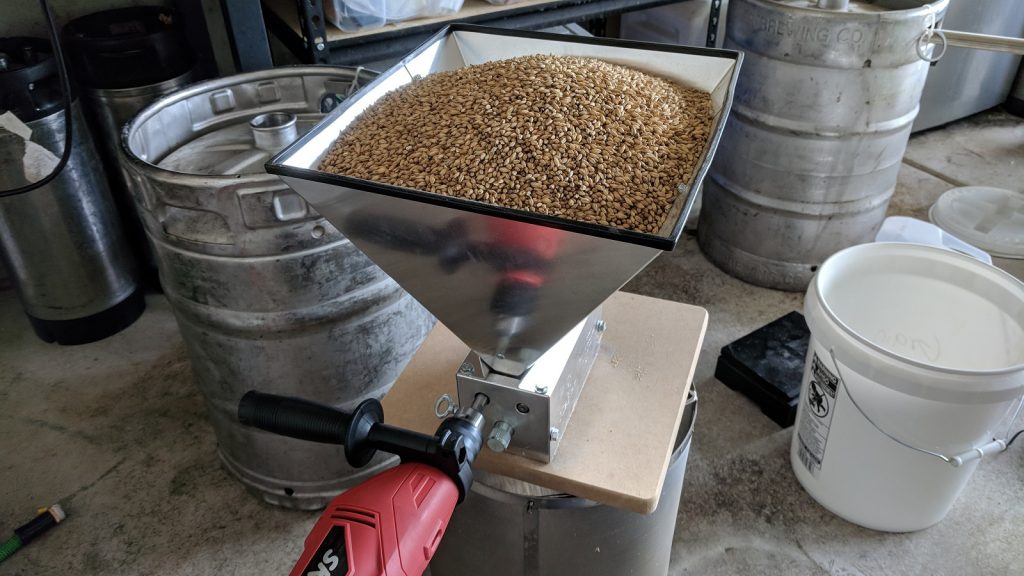
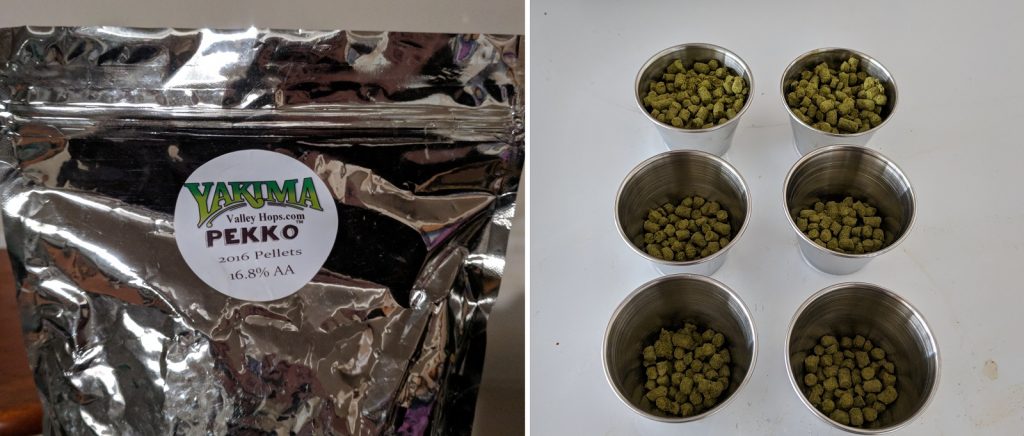
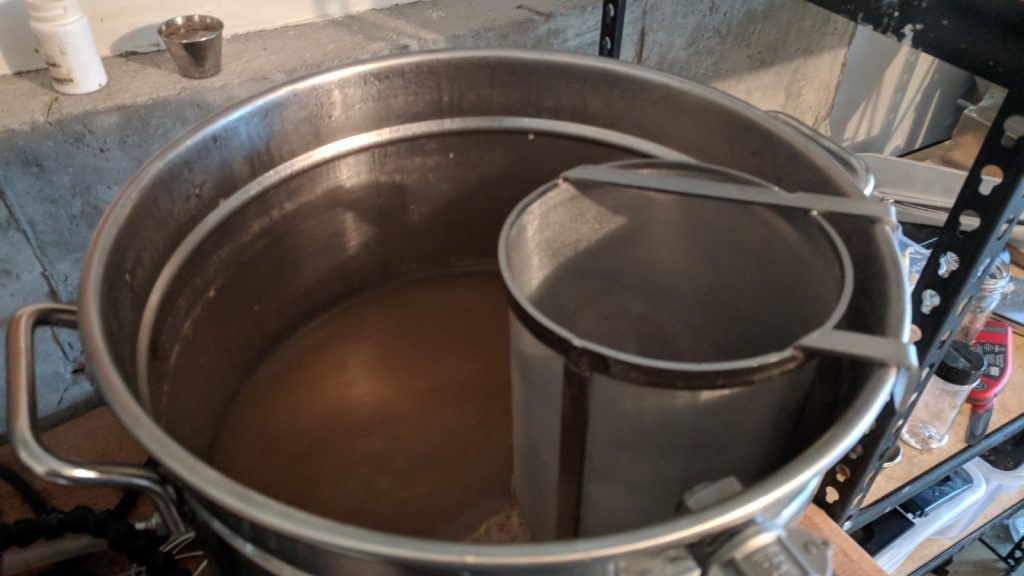
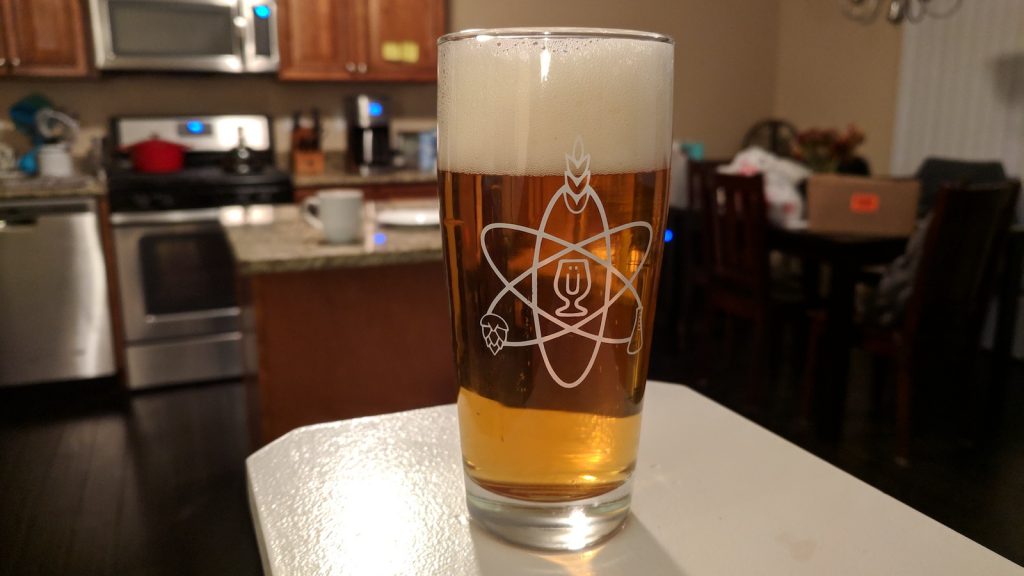
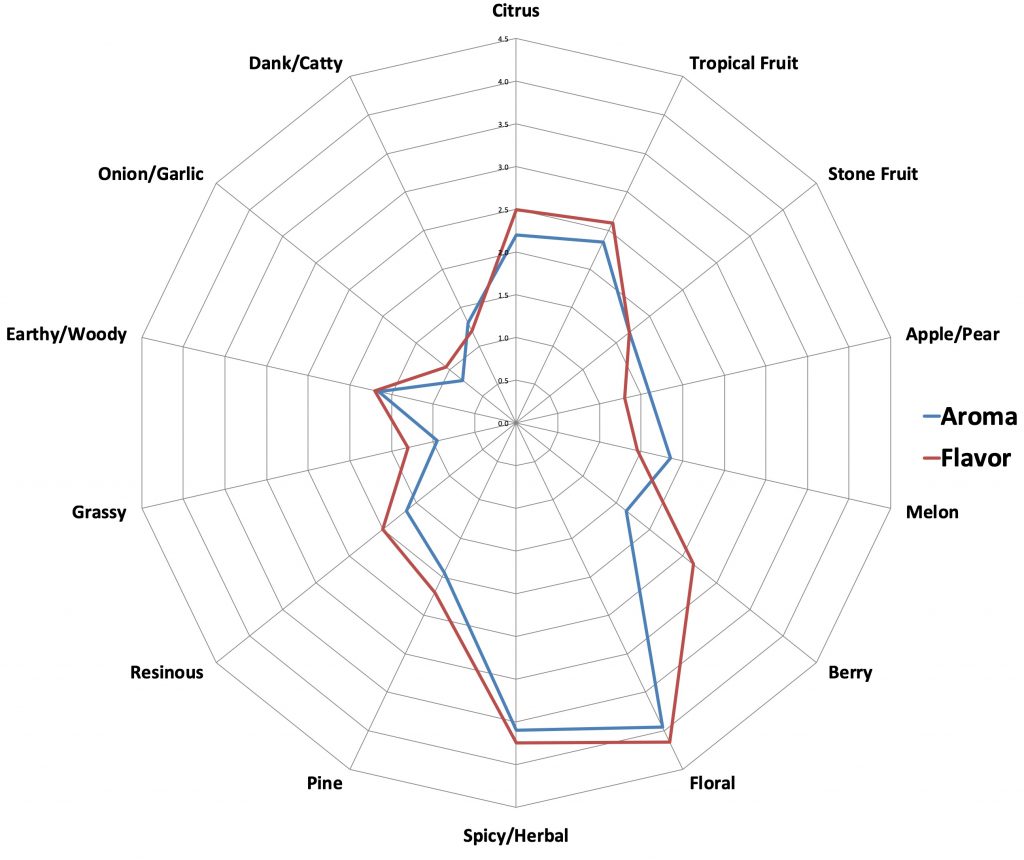
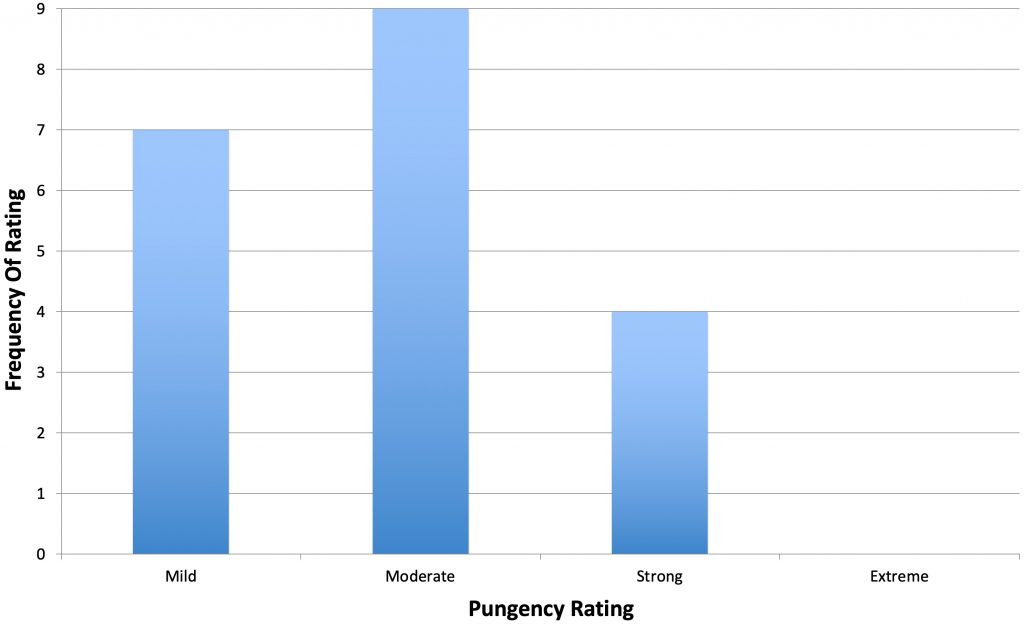
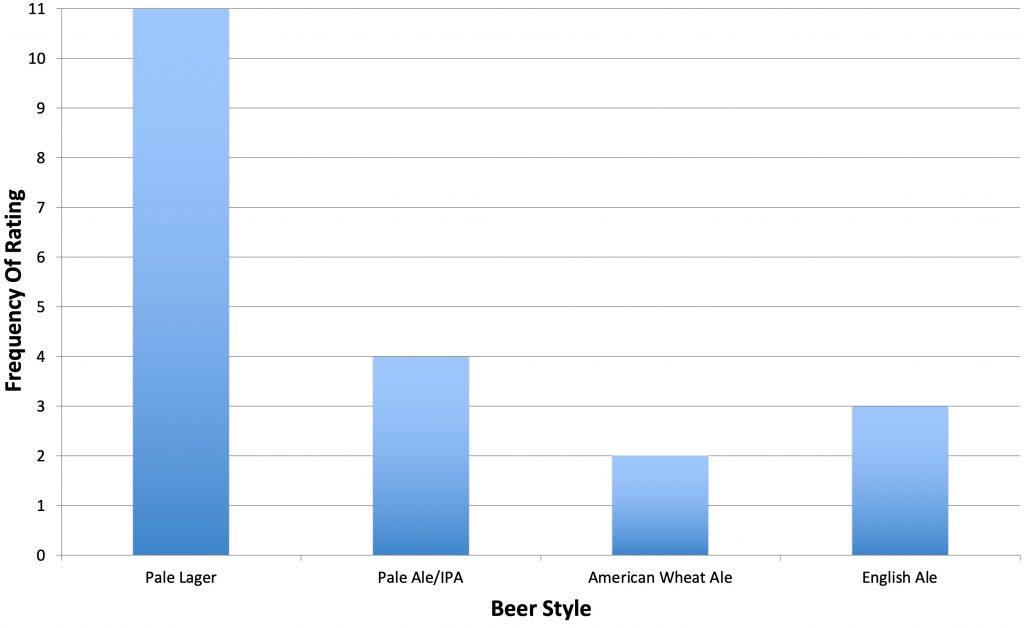
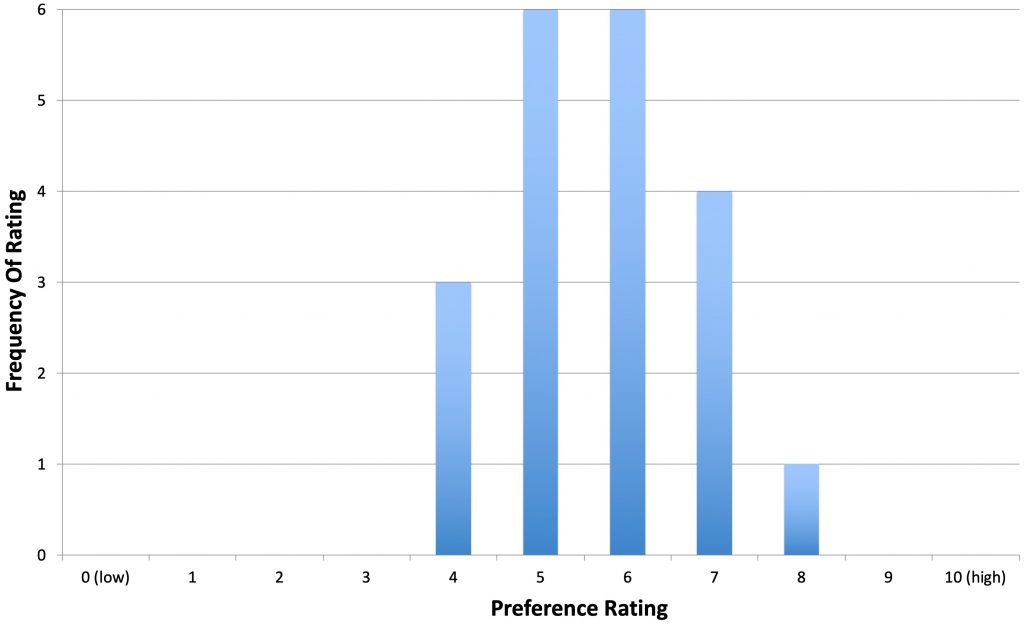











9 thoughts on “The Hop Chronicles | Pekko (2016) Pale Ale”
Confused about the hops schedule. You didn’t really boil for three days, did you? Also, you list four additions, but the picture shows six.
I’m assuming that is the dry hop.
Tyler is right about the dry hop, just a typo on our end that I will fix. I’d like to try a beer boiled for three days, to be honest.
Also, this beer was brewed as the “control” batch of the Rye Malt XBMT we published recently. So those six additions is just the pic I took of all those hops, three additions for each batch.
Great article! I’ve only brewed one beer with Pekko hops but it turned out great. I made an IPA that ended up exhibiting many of the descriptors listed in your article. My palate is not the most refined but early on I got a mix of minty herbal flavor that I likened to juniper of all things. I know it sounds crazy but, then again, my palate isn’t the sharpest. After a couple weeks in the keg, however, I got much more of a sweet tropical/stone fruit flavor. The grain bill consisted of 95% Crisp Maris Otter and 5% Crystal 45. Pekko is a very interesting hop indeed.
The herbal characteristics combined with a fruity background remind me of Loral. I wonder how they would pair together. Other pairings that come to mind are Pekko/Horizon and Pekko/Northern Brewer. The former making for an interesting Belgian Pale Ale or American Lager. The latter could be fun in a not-so-common California Common. It’s really nice to have another herbal/fruity hop in the lineup to blend styles and make beer that’s just as eccentric as the brewer.
Thank you for another interesting and informative Hop Chronicles article. Please keep them coming!
Just a question on your recirculation arm(black bendable ball thing), what is it and where did you get it? Cheers
Hey Clint,
Sorry for the late reply on this one. The recirculation arm you see there is called Loc-Line.
I’m not sure that I prefer it to silicone, it’s nice that you can set the direction of the flow. Overall really handy! I believe I got mine off of Amazon (not the one from the link above).
No comment about Pekko – not my style of hops – but rather the recipe. Can all of the contributors agree to ONE STANDARD recipe for the Hop Chronicles? I have seen recipes in this serise all over the place – pale, marris otter, vienna, carahell, etc – why introduce other variables??? My vote goes to this one – 100% pale malt and a super clean yeast.
Also PLEASE STOP with the gelatin in Hop Chronicle exbeeriments. Gelatin is only for looks – it strips hop oils/volatiles which is counter productive to what you are trying to accomplish with these exbeeriments.
Getting off my soap box now. Thanks for another great article. Cheers!
“Gel weatin is only for looks – it strips hop oils/volatiles which is counter productive to what you are trying to accomplish with these exbeeriments.”
Data please
For the most past, we do try to stick to (at the most) a blend of a base malt and possibly a small addition of vienna malt. We’ve talked about standardization of a recipe/process, and I think it is something we are going to be implementing.
As for the gelatin bit, I’d like to see more data on the assertion being made here. I’d also love to do another gelatin xbmt, since the first was a pretty small sample size. Worth trying I think. Thanks dude! This feedback is always welcome, we are all about refining and reviewing the process.